Quantitative Bioscience at the University of Tennessee
Mathematical Medicine & Control

Mathematical medicine uses innovative mathematical, statistical and computational techniques to enable, inform and improve basic and clinical biomedical research. Topics can include gene therapy, cell kinetics, pharmacokinetics, chemotherapy, oncology, developmental biology, wound healing, physiology, heart modelling, cardiovascular and lung dynamics, neurobiology, computational neuroscience, biomechanics, biomedical statistics, image analysis, epidemiology, immunology, time series analysis, extracellular matrix properties and signalling, and tissue engineering.
| Researcher | Department | Research Interests | |
|---|---|---|---|
 | Judy Day | Mathematics; Electrical Engineering & Computer Science | Mathematical modeling and control, dynamical systems, model predictive control, acute inflammation/immunology |
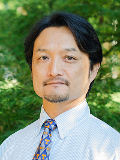 | Shigetoshi Eda | Forestry, Wildlife and Fisheries; Associate Director, Center for Wildlife Health | Mathematical modeling of Johne's disease epidemiology and immunology, development of an onsite diagnostic system for diseases and physiological conditions |
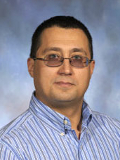 | Vitaly Ganusov | Microbiology; Mathematics | Mathematical modeling of CD8 T cell responses to acute and chronic infections |
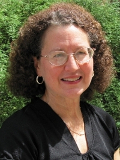 | Suzanne Lenhart | Mathematics | Optimal control, population and environmental models, natural resource modeling, disease models |
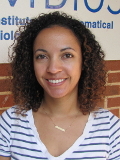 | Olivia Prosper | Mathematics | Mathematical biology, modeling disease dynamics, population dynamics, optimal control |
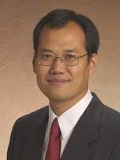 | Xiaopeng Zhao | Mechanical, Aerospace, and Biomedical Engineering | Biommedical signal processing, medical informatics, dynamics and control, computational biology |
NIMBioS
1122 Volunteer Blvd., Suite 106
University of Tennessee
Knoxville,
TN 37996-3410
PH: (865) 974-9334
FAX: (865) 974-9461
Contact NIMBioS
From 2008 until early 2021, NIMBioS was supported by the
National Science Foundation
through NSF Award #DBI-1300426, with additional support from
The University of Tennessee, Knoxville. Any opinions, findings, and conclusions or recommendations expressed in this material are those of the author(s) and do not necessarily reflect the views of the National Science Foundation.
©2008-2021 National Institute for Mathematical and Biological Synthesis. All rights reserved.


